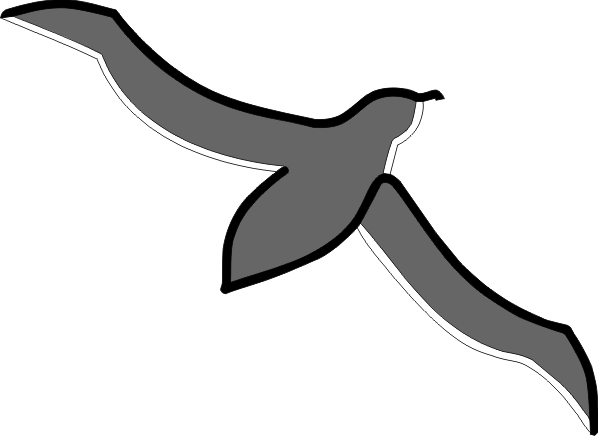Target-fencing for RPAS power line inspections
This paper proposes a procedure for safe and secure over-head power line inspections with RPAS based on the double use of payload sensors: mission purposes and connection to autonomous controllers to “bind” the aircraft to the infrastructure.
Albatroz Engenharia¹, Universidade da Beira Interior²
1. Motivation
The authors have been involved with power line maintenance inspection for 12 and 7 years, respectively. Overhead power line inspection is a method for preventive maintenance for early detection of worn or defective parts in the power lines, environmental hazards around the line and monitor vegetation development on the line track. In Europe and North America, helicopters with a specialist crew are the preferred vector to perform this task, as well as in many other countries. This requires flying close to the power lines at slow speed and, in case of rural distribution lines, flying close to the ground and just above canopies (one operator claims to be living for “50 years at 50 feet” of its copper lines and the ground as well).
In recent years, concerns about safety, noise and operation costs on the down side and innovations on wireless communications, aeronautics, robotics and human-machine interfaces on the upside led to the consideration of Remotely Piloted Aircraft Systems [RPAS] as an alternative to helicopters to perform power line inspections. However, if ordinary helicopter pilots are trained to keep away of power-lines, all operation manuals for RPAS are as adamant: keep away from all kinds of power-lines. To perform power line maintenance inspections, the requirement is the opposite: always keep close to power-lines.
2. Introduction
Most guidelines [] and regulations [] for RPAS civilian operation emphasise the need for safety and security. In terms of safety, the main concern is the protection of people, property and the environment on the ground and, secondarily, the unmanned aerial aircraft [UAV][1]. Permissions to carry missions beyond line of sight [BLOS] are rare and come with a tighter frame of constraints.
One path submitted by FAA to public discussion [] is the “geo-fencing” of the UAV through proof that unmanned aircraft can be confined to a volume defined by geographical coordinates and ceilings above ground level and maintain itself within this volume by its own means. To prove the geo-fencing ability, the UAV must handle the failure, degradation or nefarious jamming of Global Navigation Satellite System signals [GNSS] (this is a security issue] and degradation or loss of communications to the ground station and pilot. Under such constraints, using RPAS to perform an inspection of a power line, or any other linear infrastructure, for that matter, would require a succession of NOTAM (Notice to Airmen) closing small volumes of airspace containing the confinement volume and around it for the duration of the inspection.
[1] While RPAS and UAV acronyms are often confused, the authors use RPAS for the whole system, including aircraft, ground station and support systems (such as communication relays) and UAV for the aircraft actually flying under the command of a remote pilot on the ground or an embarked autonomous auto-pilot.
3. Contributions
The authors propose an extension of this principle in case of RPAS inspecting power lines. As the inspection assignment involves sensors capable of measuring distances between objects in 3D space, such signals could be used in real-time to track the distance from the UAV to the target of the inspection (be it a power line, a pipeline or other). The most common technology for this purpose is LiDAR coupled with GPS and Attitude and Heading Reference Systems [AHRS]. Most providers of inspection services from helicopters do not process such data in real time due to the complexity and computational effort they require. However, the authors’ organisation introduced PLMI (Power Line Maintenance Inspection in 2007, which is a system for helicopters whose novelty to the market included the real-time measurement of distance to the lines, to the ground and all other surrounding objects in real-time to, primarily, improve safety of crews and, secondarily, quality of service.
If such tools are combined with a supervisory module within the auto-pilot of an UAV, it ought to ensure the UAV keeps within the specified volume of the target at the same time making sure it does not come too close to protect the lines and the UAV from contact. Taking inspiration from “geo-fencing” the authors call it “target-fencing”.
As long as the infrastructure is continuous, the UAV can follow it, relying on target-fencing to bind the UAV to a safe distance from the target and within the confined airspace. This can be combined with geo-fencing to approach and leave the infra-structure and to provide maps to assist navigation and waypoint following. In case there are intermissions in the infrastructure (such as underground cables or pipelines or road or railroad tunnels), the UAV would rely on geo-fencing alone possibly coupled with a behaviour to follow the canopy (or the digital surface model being generated in real-time), until the infrastructure resumes.
The paper shall discuss the technical aspects of the implementation of such “target-fencing” applied to multi-copter style UAV. Its application to fixed wing UAV should be introduced.



